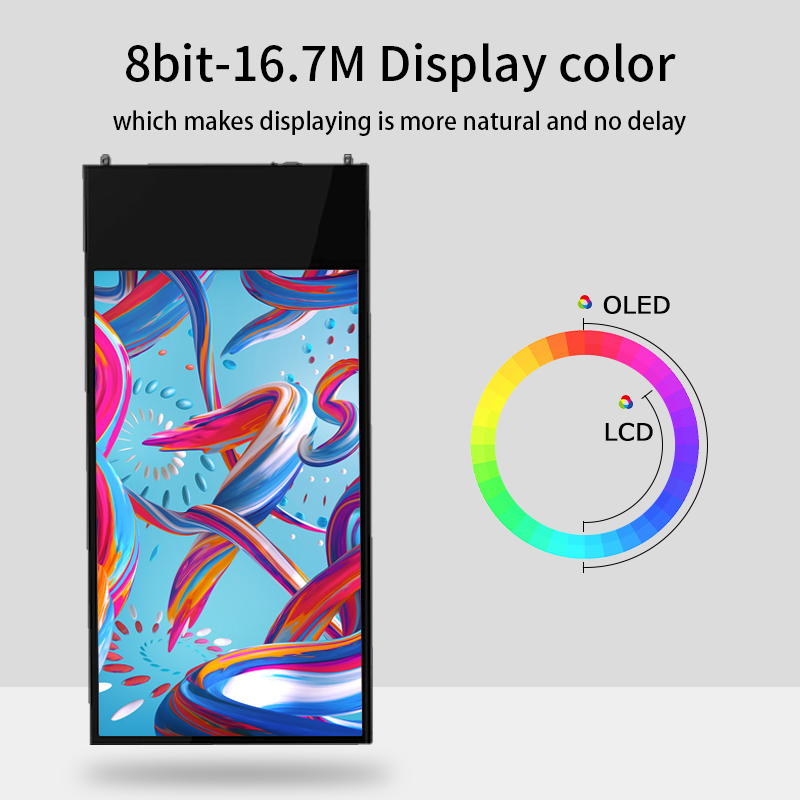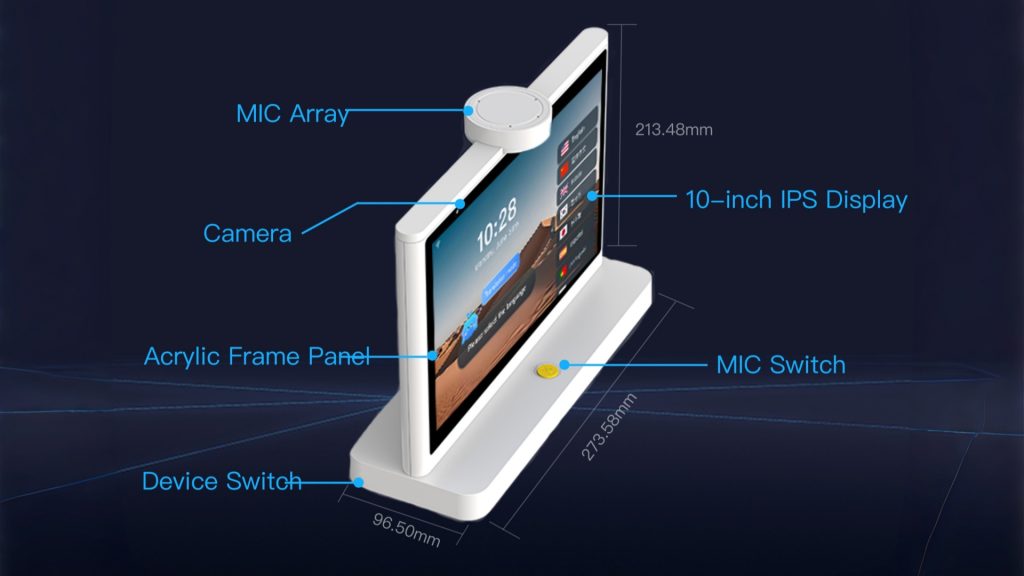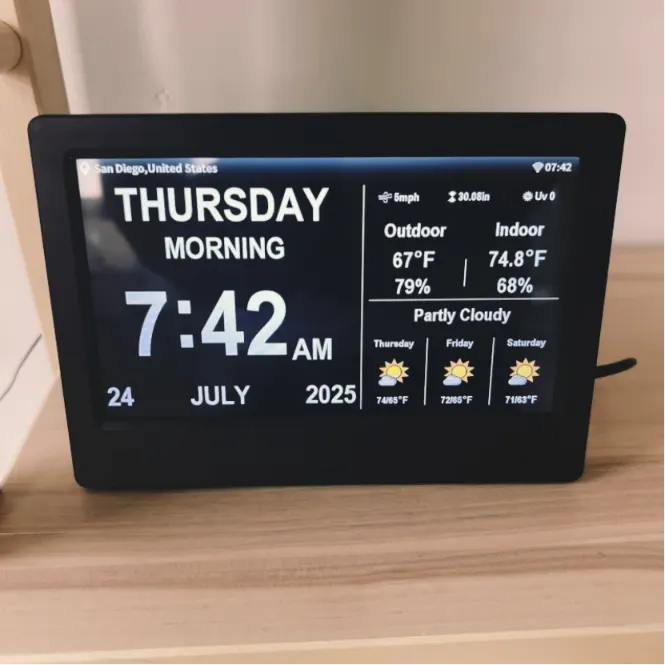Understanding Retail Store Digital Signage

What is Retail Store Digital Signage?
Retail store digital signage uses screens to share info, ads, and deals in shops. These tools grab shoppers’ eyes. They make shopping better. They give updates fast. Displays can be simple with fixed images or fancy with interactive features.
Key Features of Retail Store Digital Signage
Digital signage packs cool tricks for modern stores:
- Premium Visual Experience: The 55-inch Full HD screen shines bright. It shows crisp, bold colors for strong messages.
- Space-Saving Designs: Hanging installation saves floor space. It keeps screens easy to see.
- Versatile Multimedia Support: They handle videos, pics, and live updates. This fits all kinds of ad plans.
- Remote Content Management: Change content from afar. It keeps things smooth across many stores.
- Durability and Reliability: Built for 24/7 use. They hold up in tough settings.
- Flexible Installation Options: Hang screens in different spots. This boosts visibility from all angles.
The Benefits of Retail Store Digital Signage
Enhancing Customer Engagement with Dynamic Content
Digital signage hooks shoppers with lively visuals. It shows bold ads or interactive bits. This pulls eyes to products or deals. It makes brands stick in minds. It keeps customers hooked while they shop.
Improving In-Store Navigation and Shopping Experience
Smart signage guides folks through big stores. It shows clear directions. It points out cool sections. This makes shopping a breeze. Interactive kiosks add more. They let shoppers search products or get item details.
Real-Time Updates for Promotions and Offers
Digital signage shines with instant updates. Got a flash sale? Limited deal? Swap content quick. Shoppers get the latest scoop right away. This keeps them in the loop.
Cost-Effective Advertising Solutions for Retailers
Digital signs beat old-school print ads. They skip repeat printing costs. Updates are free and fast. Bright displays pull in more eyes. This gives retailers a bigger bang for their buck.
Types of Retail Store Digital Signage
Digital Price Tags and Product Information Displays
Digital price tags change the game. They update prices and info live. No need for staff to swap tags. This saves time. It keeps things accurate. It frees up workers for other tasks.
Interactive Digital Kiosks for Customer Interaction
Interactive kiosks are shopper hubs. Folks can browse catalogs. They check stock or order items. This gives shoppers control. It cuts down on staff help needed.
Large-Scale Digital Video Walls in High-Traffic Areas
Big video walls wow in busy spots. Think store entrances or main aisles. They play HD videos or bold ads. Their size and clarity grab attention fast. They’re perfect for branding in crowded stores.
Strategies to Maximize the Impact of Retail Store Digital Signage
Welcoming New Customers with Personalized Messages
Digital signage makes first visits special. It greets new shoppers with custom messages. Using smart data, stores tailor hellos. They base it on shopper habits or stats. A 55-inch Full HD screen by the door might say, “Welcome! Grab exclusive deals just for you.” This makes folks feel valued. It sets a great vibe for shopping.
Interactive kiosks step it up. They let newbies pick preferences or hunt products. This sparks interest. It gets them exploring the store.
Engaging Returning Customers Through Loyalty Program Integration
Loyalty programs pair great with signage. Link screens to customer accounts. Show custom deals based on past buys. A skincare fan might see, “Welcome back! Get 20% off your top brands today.”
This builds loyalty. It pushes repeat buys. It also makes claiming rewards easy. Clear steps show up on interactive screens.
Utilizing High-Traffic Areas to Showcase Promotions
Put signage where crowds flow. Entrances, checkouts, or main aisles work best. They show off deals or new items. Big video walls or hanging screens catch eyes with bright visuals.
The 55-inch Suspended Digital Signage fits busy spots like malls. Its slim look and HD visuals make ads pop. They grab shoppers right away.
Choosing the Right Retail Store Digital Signage Solution
Selecting the Appropriate Display Size and Placement
Picking the right screen size matters. Big ones like 55-inch Full HD displays shine in busy zones. They’re seen from far. Smaller screens fit tight spots like aisles or dressing rooms.
Placement is key too. Hanging installation saves space. It keeps screens visible from many angles. Smart positioning hits shoppers at the right moments.
Importance of a User-Friendly Content Management System (CMS)
A simple Content Management System (CMS) makes life easy. Retailers plan deals or tweak messages fast. They can highlight seasonal offers. An easy CMS lets them control it all.
Remote management is a win. Update screens across stores at once. Content management and updates can be effortlessly conducted via remote control. No need to visit each spot.
Integrating Digital Signage with Existing POS Systems
Link signage to Point-of-Sale (POS) systems. It ties ads to sales smooth. Screens show live prices or stock updates. If an item’s low, signage can flash “Hurry, last few left!” This sparks quick buys.
It also pushes extra sales. Screens at checkout show related items based on what’s in the cart.

FAQs About Retail Store Digital Signage
What is retail store digital signage?
It’s electronic screens in stores. They show ads, info, or deals with lively displays.
How does digital signage improve customer engagement?
It grabs eyes with bright visuals. Interactive features give shoppers a custom, fun experience.
Can digital signage be integrated with loyalty programs?
Yes. It links to accounts. It shows tailored deals based on what customers buy.
What factors should be considered when choosing digital signage?
Think screen size and spot. Check CMS ease and POS fit.
Why are high-traffic areas important for digital signage?
Busy zones hit the most eyes. They make ads and deals shine bright.
YIAISIGN is a brand owned by Shenzhen Yijing Technology Co., Ltd., specializing in the research, development, and production of digital photo frames (ranging from 5 to 65 inches), digital calendar clocks, all-in-one machines, Android advertising displays, digital signage, and portable monitors.


